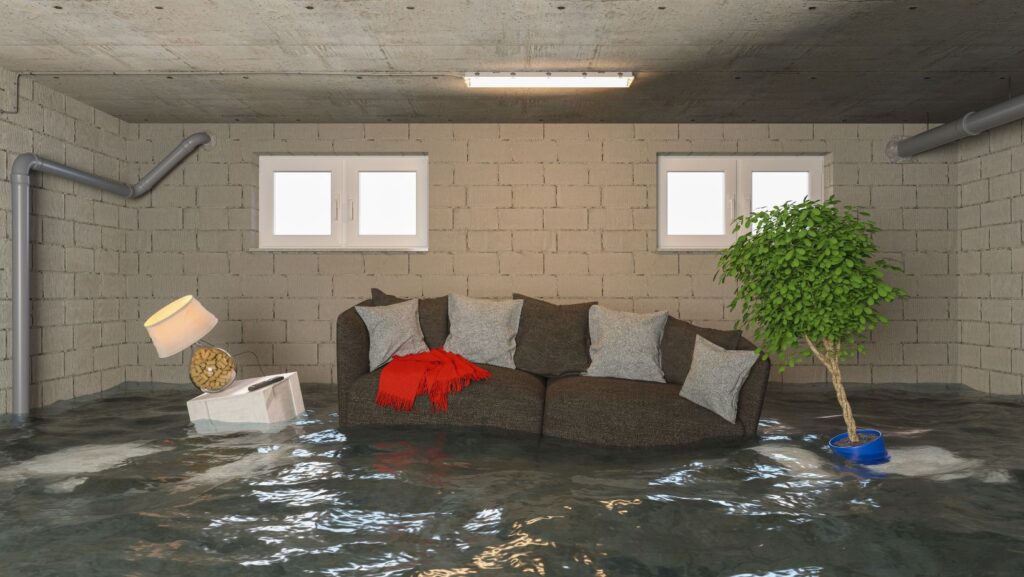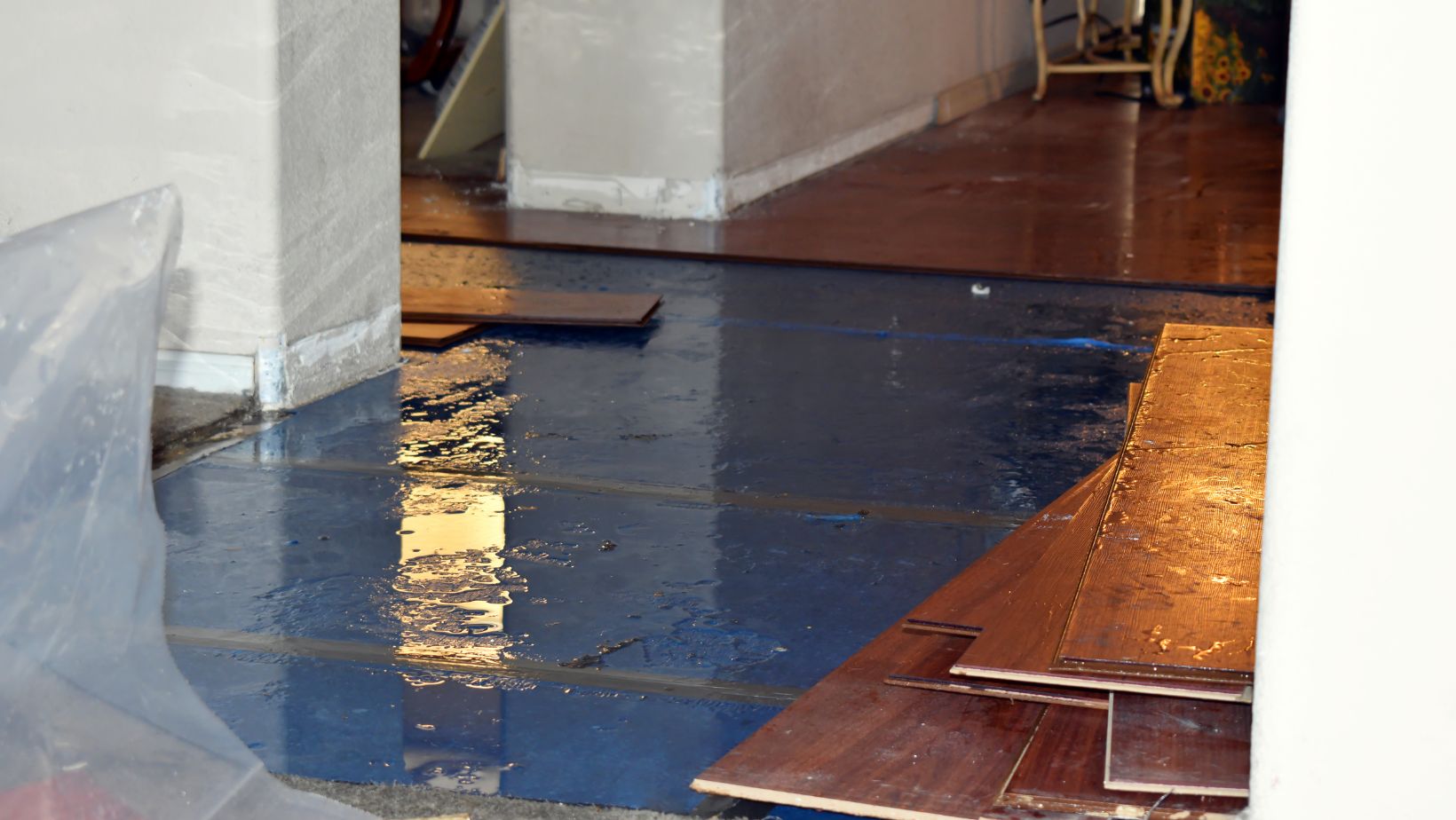Water damage is a significant concern for homeowners, often leading to costly repairs and potential health hazards. The most common causes of water damage in homes include leaking pipes, faulty appliances, severe weather events, and plumbing issues. Understanding these causes is crucial for implementing effective prevention strategies and safeguarding your property.
Leaking pipes and plumbing problems are frequent culprits, especially in older homes with aging infrastructure. Frozen pipes in cold climates can burst, causing extensive damage. Appliances like washing machines and dishwashers may malfunction, releasing water into living spaces. Severe weather, including heavy rains and flooding, can overwhelm drainage systems and seep into basements or crawl spaces.
Prevention is key to avoiding water damage. Regular maintenance of plumbing systems, proper insulation of pipes, and timely repairs can significantly reduce risks. Installing water detection devices and maintaining gutters and downspouts are also effective preventive measures. For homeowners seeking professional assistance with water damage prevention or restoration, specialized water damage leads can connect them with experienced contractors.
Key Takeaways
- Common causes include leaking pipes, faulty appliances, and severe weather
- Regular maintenance and timely repairs are crucial for prevention
- Professional assistance can be valuable for both prevention and restoration
Identifying Common Causes of Water Damage in Homes
Water damage in homes can stem from various sources, ranging from internal plumbing issues to external environmental factors. Understanding these common causes is crucial for homeowners to prevent costly repairs and maintain a safe living environment.
Plumbing Failures
Burst pipes are a leading cause of water damage, often resulting from freezing temperatures or excessive pressure. When pipes freeze, the expanding ice can create cracks or ruptures.
Leaky pipes, whether due to loose connections or corrosion, can cause significant damage over time. Even small drips can lead to mould growth and structural issues if left unaddressed.
Sewage backups are particularly problematic, introducing contaminated water into the home. These can occur due to clogs in the main sewer line or during heavy rainfall that overwhelms municipal systems.
Aging plumbing systems are more prone to failures. Corrosion in metal pipes can weaken them, increasing the risk of leaks or bursts.
Appliance Malfunctions
Washing machines are common culprits of water damage. Faulty hoses or improper connections can lead to leaks or flooding during wash cycles.
Dishwashers can cause water damage through deteriorated door seals or malfunctioning water inlet valves. Regular inspections can help prevent these issues.
Water heaters, especially as they age, can develop leaks or even burst. Sediment buildup and corrosion are often to blame for tank failures.
Refrigerators with ice makers or water dispensers can develop leaks in their water supply lines. These slow leaks may go unnoticed for extended periods.
Natural and Weather-Related Events
Flooding from heavy rainfall or overflowing bodies of water can cause extensive damage to homes, especially in low-lying areas or flood plains.
Storms can damage roofs, allowing water to penetrate the home. Missing shingles or damaged flashing are common entry points for rainwater.
Freezing temperatures can lead to ice dams on roofs, forcing water under shingles and into the home’s structure.
Rapid snowmelt or prolonged periods of rain can saturate the ground, potentially leading to basement flooding or foundation damage.
Structural Issues and Defects
Roof leaks can develop from wear and tear, improper installation, or damage from debris. Regular roof inspections are crucial for early detection.
Foundation cracks, if left unrepaired, can allow groundwater to seep into basements or crawl spaces. These often worsen over time due to soil settlement or hydrostatic pressure.
Poor drainage systems around the home can lead to water accumulation near the foundation. This increases the risk of basement flooding and foundation damage.
Improperly sealed windows or doors can allow water intrusion during rainstorms. Maintaining these seals is essential for preventing water damage.
Preventative Measures and Early Detection Strategies
Implementing proactive strategies and regular monitoring can significantly reduce the risk of water damage in homes. These approaches focus on maintenance, upgrades, and adaptations to protect against various water-related threats.
Regular Maintenance and Inspections
Routine checks of potential problem areas are crucial for preventing water damage. Inspect roofs, gutters, and downspouts annually, especially before heavy rain seasons. Clear debris from gutters to ensure proper drainage. Examine plumbing fixtures, pipes, and appliance hoses for signs of wear or leaks.
Check basement walls for cracks or moisture. Look for water stains on ceilings, walls, and floors. These could indicate hidden leaks.
Install water alarms near appliances and in basements. These devices alert homeowners to leaks early, minimizing damage.
Schedule professional inspections for complex systems like HVAC units. Experts can spot issues homeowners might miss.
Proactive Installation and Upgrades
Upgrading home systems can significantly reduce water damage risks. Install backflow valves on sewer and septic tank connections to prevent sewage backups.
Consider replacing old pipes with durable materials like PEX or copper. These are less prone to bursts and leaks.
Upgrade to smart water shut-off valves. These can automatically stop water flow if they detect unusual usage patterns.
Install a sump pump in basements prone to flooding. Ensure it has a battery backup for power outages.
Apply waterproof sealants to basement walls and floors. This extra barrier helps prevent moisture intrusion.
Adaptations for Weather and Natural Events
Prepare homes for severe weather to minimize water damage risks. Improve landscape grading to direct water away from foundations.
Install window wells with proper drainage for basement windows. This prevents water from pooling and seeping in.
Use weather stripping around doors and windows to keep rain out. Replace worn stripping regularly.
Consider installing flood barriers for homes in flood-prone areas. These temporary barriers can protect entryways during heavy rains.
Trim trees near the house to prevent branches from damaging the roof during storms. Remove dead trees that could fall and cause structural damage.
Conclusion
Water damage poses a significant threat to homes, but many common causes are preventable. Regular maintenance, prompt repairs, and proper insulation can safeguard against issues like leaky pipes, faulty appliances, and roof damage. Installing water detection devices and maintaining gutters further enhance protection. By staying vigilant and taking proactive measures, homeowners can minimize the risk of costly water damage and ensure their properties remain safe and dry.




More Stories
How Automation and Smart Tools Are Transforming Architectural Practice
Why Turnkey Sweepstakes Software Is Catching On Fast
Corian: A Modern, Durable Choice for Contemporary Kitchens